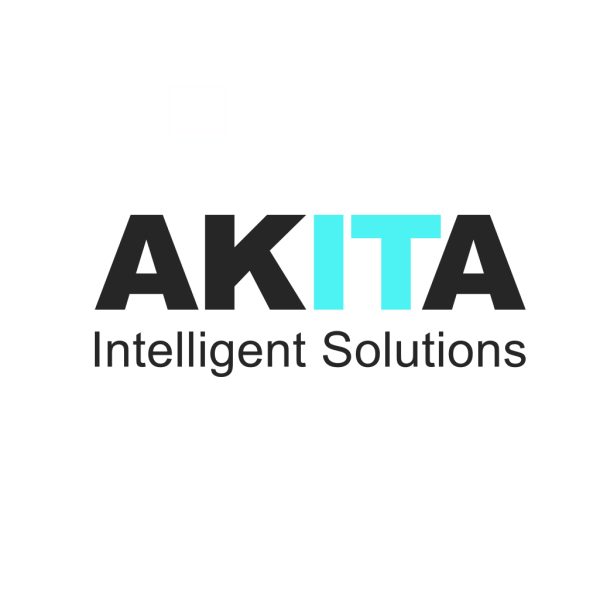Making your organisation’s information readily available to stakeholders is vital.
A SharePoint knowledge base is an effective solution for creating a centralised information repository, helping both your team and your customers find the answers they need, whenever they need them. We outline the benefits of a SharePoint knowledge base, as well as some best practices when adopting one.
What Is A Knowledge Base?
A knowledge base is an organised archive that provides a secure, easy-to-navigate source of information about your company, services, or products. This could serve internal staff or even be open to external customers and partners. A SharePoint knowledge base takes this concept a step further by offering added features like how-to guides, FAQ sections, and categorisations to aid in efficient information retrieval.
What Are The Benefits Of Using A SharePoint Knowledge Base?
Having a centralised knowledge base in SharePoint provides a single location for all types of resources including guides, documents, videos, or any other type of content. Information within your knowledge base should be straightforward and relevant to users whether that’s customers or employees. By making it easy for users to locate what they need, organisations can benefit from heightened efficiency and more streamlined workflows.

How To Approach A SharePoint Knowledge Base
Designing Your Knowledge Base
The first step in designing your SharePoint knowledge base is deciding what its main function will be. Working with an experienced SharePoint developer, plan out what pages you plan to include to give a structured plan of your knowledge base. Your SharePoint partner will also help plan out the navigation through different pages to ensure you’re left with an intuitive system. Note: Making sure your content is mobile-friendly is important, as it's likely your users will access the knowledge base via smartphones or tablets.
Crafting Site Pages
In SharePoint, your site pages should be clear and easily digestible. Consider categorising your content under different headings like "What is it?", "When to use?", and "How to use?" among others. SharePoint Online also allows you to create a template for Knowledge Articles to ensure consistency across your content structure.
Establishing A Hierarchy
Having a logical structure for your content is key. For instance, if your operations department is contributing articles on employee events, you might organise them under categories like "Operations" then "Events" and finally specific topics like "Summer BBQ" or "Christmas Party".
Tagging And Categorising
Properly tagged items facilitate easier search and navigation. Tags are also crucial for a satisfying user experience (UX) as they help users find exactly what they're looking for, building trust in your brand and improving customer or employee satisfaction.
User Navigation
Optimal structure and easy navigation are essential. Depending on what you know about your users’ most common queries, you can structure each page or topic accordingly. Navigation should be intuitive, guiding the user seamlessly through your content hierarchy.
Customisation
Customisation is encouraged, if not vital. Ensure your SharePoint knowledge base is tailored with terminologies and categories familiar to your end-users.
Adding New Categories
SharePoint knowledge base systems are designed to allow ‘super users’ from your organisation to make basic configurations, including the addition of new categories. But ensure such control is limited to only a few users to prevent others from changing your structure too much.
Video Content
Including multimedia content like videos enhances the user experience. While you can upload videos directly to SharePoint, using Microsoft's 365 video hosting platform known as Stream is recommended.
Adopting A SharePoint Knowledge Base
Creating a SharePoint knowledge base not only helps in organising your internal processes and information but also enhances productivity by making needed information readily available. Improve your users’ journeys in locating resources and build a strong image of your organisation by simplifying processes for your customers and employees.
Akita is an experienced SharePoint developer and support service. Find out more about our capabilities:





